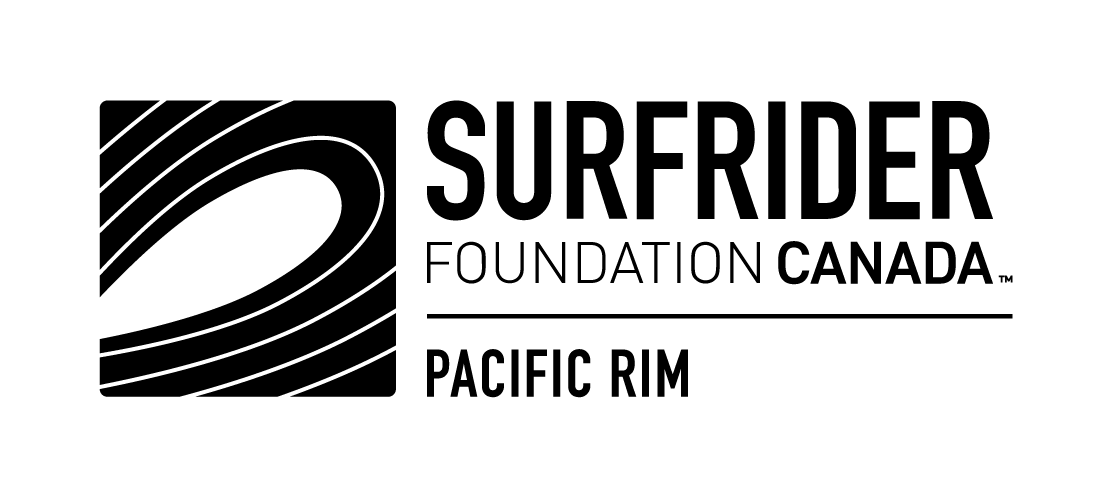Wearing the Greenwash
By Lilly Woodbury
When out on remote coastal cleanup collecting thousands of single-use plastic water bottles, slicked with slime and filled with the most repugnant liquids that have slowly grown and acquiesced over time, never have I thought, “I’d really like to wear this on my body”. However, there’s an excess of waste on the planet, and we need to unearth all avenues for turning waste streams back into functional resources, which includes the mass amounts of plastic marine debris filling the oceans and spilling onto coastlines. This is being made possible by technological innovation in the public and private sectors, including by our partner Ocean Legacy Foundation, who is an international leader in plastic marine debris recycling. Increasingly, citizens don’t want to purchase necessities made from resource-intensive virgin materials, and they’re equating recycled items with sustainability. This is exactly the window of opportunity where greenwashing comes into play: when environmental innovations become trendy and multinational corporations capitalize on the trend without actually putting the work in to make their products truly sustainable.
A case study of this behaviour can be seen with McDonald’s, who attempt to give us a glimmer of hope but continue to muddy the waters with more plastics. McDonald’s in Australia has switched their plastic straws to paper, which are provided upon request. What’s happening with their mountain of plastic straws? They’re being recycled into a McDonald’s swimwear line, mixed with “post-consumer plastic waste reclaimed from the ocean”. However, an important discrepancy lies between the lines of this statement, which makes the desperate need for meaningful corporate environmental action bubble to the surface.
Many fashion brands are claiming to use plastic waste in their products, like single-use bottles (made from polyethylene terephthalate, resin code #1) collected from the oceans. This gives the impression that they’re connected to the removal of these items from the marine environment, which is false. In reality, these companies are utilizing bottles that have been recycled by consumers, which becomes recycled polyester for textile products. These products that have the veneer of sustainability are winding their way into eco-buying guides the world over, easing citizens into a false sense of pro-environmental behaviour.
As Maxine Bédat is the founder and director of the New Standard Institute stated:
"Unless the recycled polyester company is actually helping remove plastic from the ocean or from the environment, they are not, in fact, removing plastic going into the landfill…
When we looked under the hood and started to investigate [the use of recycled polyester], what we came to understand is that the fashion industry is actually in major competition with the bottling industry for these used plastic bottles.
So what it has actually ended up doing is that it has driven the need for a 'green' or 'sustainable' product is that the price of recycled plastic bottles has just gone up, but it has not meaningfully achieved a reduction of plastic pollution."
The second clarification that needs to be made is around the term “recycling”. By using this term, it’s implied that a product or packaging will be recycled into another item of the same value, and that which can be recycled again. This is not the case. When bottles are recycled into textiles, this is downcycling. The truth is that most of these textiles are a mix of natural and synthetic fibres, like polyester and cotton. There is little infrastructure for textiles to be recycled, so this waste stream often ends up incinerated or sent to landfill. This is arguably the most dubious aspect of this situation: when washed, synthetic fibres release plastic microfibres into wastewater which then wash downstream into aquatic ecosystems. It’s currently estimated that 35% of microplastics in the ocean are microfibres.
Like a plastic bottle poking out of the mossy forest floor, two lessons creep out of this story. First, to transition our current linear economy to a circular economy, we need to expand Extended Producer Responsibility (EPR) programs in Canada and across the globe. EPR makes producers of plastic products and packaging responsible for the collection and recycling of end-of-life plastic wastes. This reaches beyond “environmentally friendly” media stunts, as well as placing the responsibility on consumers and “recycling more”. This ensures products and packaging can retain value and stay in production for the long term, decreasing the need to rely on virgin materials. Producers then also have a vested interest in designing products and packaging more intelligently so they can recycle them endlessly, not just as cheaply and quickly as possible.
I can’t imagine many of us engaging in the beach cleaning world will be eating Big Macs throughout 2021, followed by efforts to squeeze into our McDonald’s bathing suits before collecting plastic on shorelines. What will happen is that we’ll continue to restore coastlines from petroleum pollution, and use this data to advocate for and lobby all levels of government for comprehensive action on the plastics crisis. This includes not letting big industry and corporations off the hook or getting away with minimal efforts that are paired with big marketing schemes. Instead, we need to dramatically lower plastic production, strengthen and expand extended producer responsibility regulations to hold plastic producers accountable, radically shift to systems for reuse and refill, along with other policies that will allow us to build back better and equitably transition to a circular economy.
